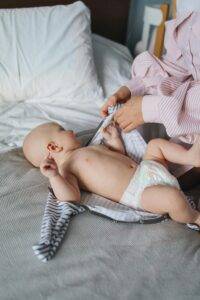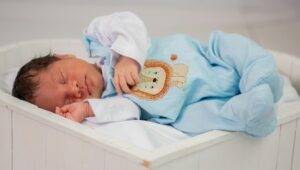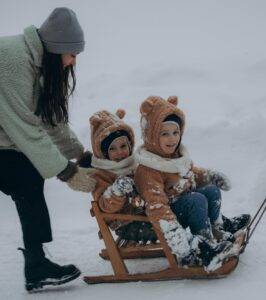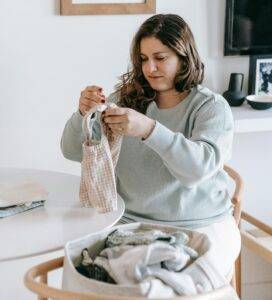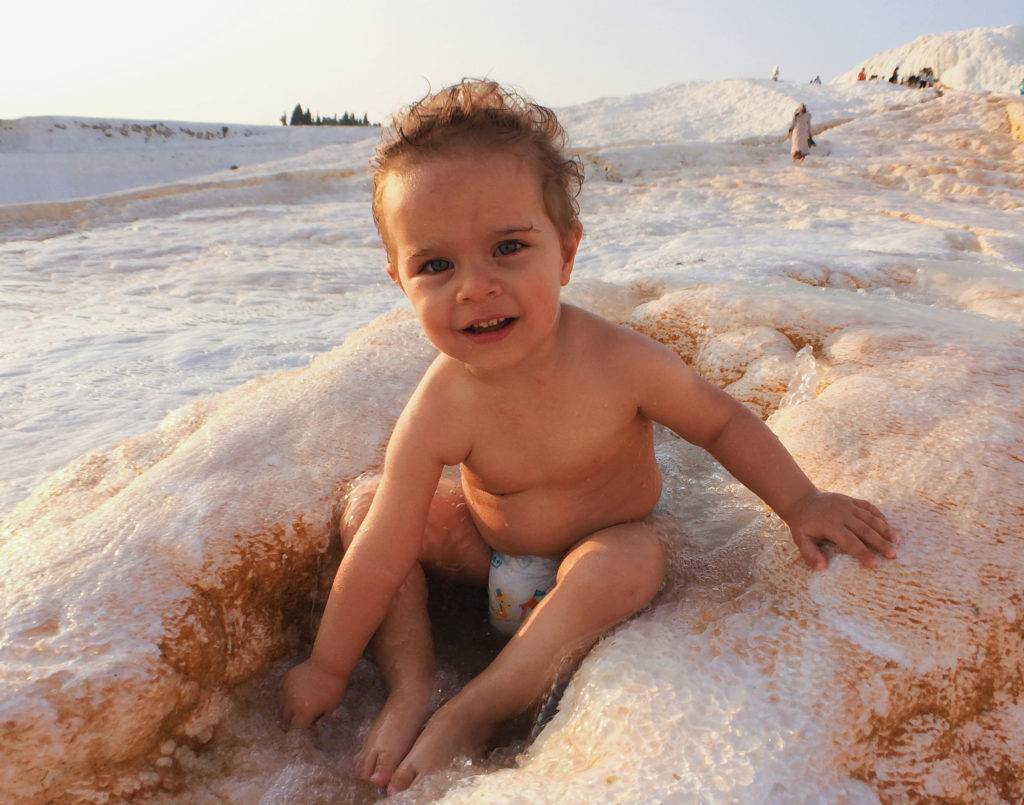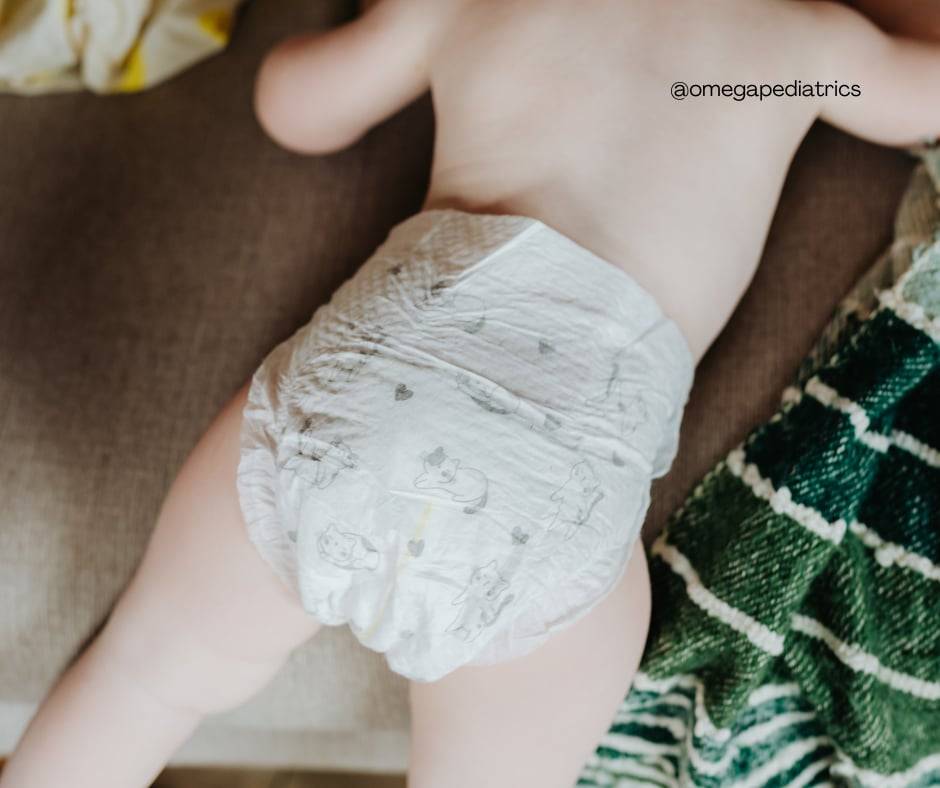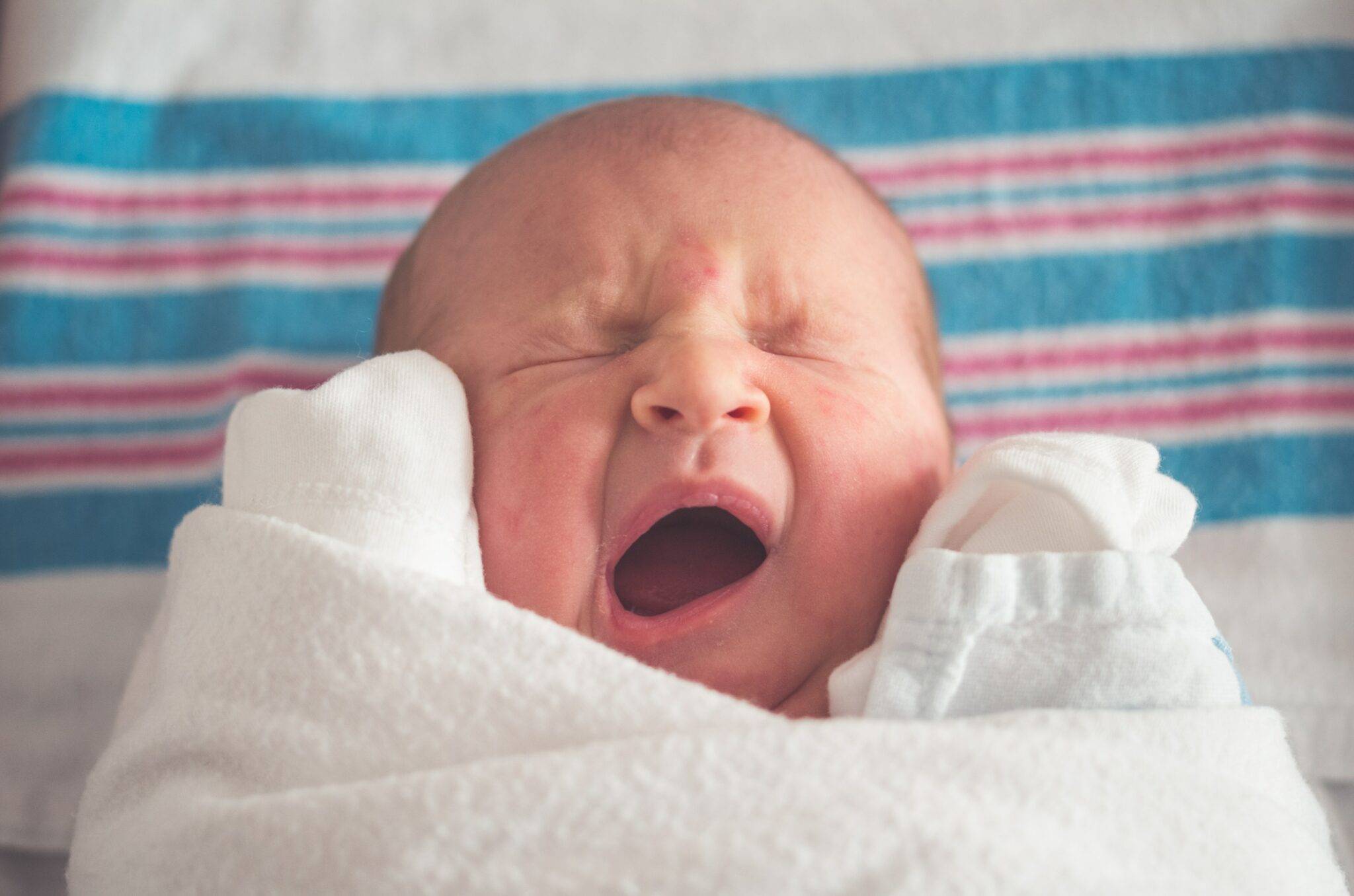Preparing for the arrival of your newborn is one of the most exciting times in a parent’s life. But it can also feel overwhelming—especially when gathering all the essentials, like newborn baby clothes. With many cute outfits and tiny accessories available, there is too much, or even too little, of what your baby will need in those early weeks.
This comprehensive checklist will help you select the perfect newborn baby clothes, ensuring you’re prepared without overbuying.
Why Newborn Baby Clothes Matter: Comfort, Safety, and Practicality
When dressing your newborn, it’s not just about how adorable they look (although that’s a bonus!). Newborn baby clothes are vital for your baby’s comfort, safety, and practicality. Babies have sensitive skin that easily becomes irritated, so soft, breathable fabrics like cotton are best.
Additionally, newborns cannot regulate their body temperature as well as older children or adults, so choosing newborn baby clothes that maintain their warmth without overheating is key. Newborns also spend time sleeping and feeding and need several diaper changes day and night.
The easier newborn baby clothes to manage—think snap closures or zippers—the smoother your day will go. Clothing that allows quick diaper changes will save time and minimize your baby’s discomfort. Let’s explore the clothing essentials to keep your baby comfortable and well-dressed.
The Ultimate Newborn Baby Clothes Checklist
1. Onesies and Bodysuits (8-10 pieces)
Onesies are the foundation of any newborn’s wardrobe. These one-piece outfits can be worn alone during warmer months or layered under other clothes when it’s chilly. The best part about onesies is their simplicity. Most have snap closures at the bottom, making diaper changes quick and easy without fully undressing your baby.
Why you need them: As newborn baby clothes, onesies provide easy access for diaper changes, and their snug fit ensures your baby stays comfortable and secure. With newborns often spitting up or having diaper leaks, you’ll need at least 8-10 clean onesies daily.
What to look for: Choose a soft and breathable cotton fabric that’s gentle on your baby’s skin. Have a mix of long-sleeved and short-sleeved onesies depending on the season.
2. Sleepers and Footies (6-8 pieces)
Newborns sleep a lot—16 to 17 hours per day in the early weeks—so having comfortable sleepwear as part of newborn baby clothes is crucial. Sleepers or footies, are full-body outfits with feet that keep your baby warm during naps and nighttime sleep. These outfits eliminate the need for separate socks, which newborns often kick.
Why you need them: Sleepers are easy to put on and remove, and they ensure your baby stays cozy without blankets, which can pose a safety risk in cribs. Look for zip-up designs for convenience during late-night diaper changes.
What to look for: Opt for zippered sleepers rather than those with snaps. Zippers make it faster and less stressful when changing your baby in the middle of the night. Ensure the zipper has a protective flap to avoid irritating your baby’s skin.
3. Swaddle Blankets (3-4 pieces)
Swaddle blankets are part of newborn baby clothes. These blankets are designed to wrap your baby snugly, helping them feel safe and secure. Swaddling is a time-tested practice that helps babies sleep better by preventing them from startling themselves awake due to their natural reflexes.
Why you need them: Swaddle blankets are great for soothing fussy babies and promoting better sleep. Newborns feel more secure when swaddled because it mimics the comfort they experienced in the womb. Due to these benefits, they’re a must-have of newborn baby clothes.
What to look for: Choose swaddle blankets made from breathable, soft fabrics such as cotton or muslin. Also, invest in pre-made swaddle wraps with velcro closures for an easier and snug fit.
4. Hats and Mittens (3-4 pairs each)
A newborn’s head is where most of their body heat escapes, so having hats to cover their heads is essential, particularly for babies born in colder months. Even indoors, hats help keep your baby warm. Mittens are another important item. Newborns have sharp nails and may scratch their faces, so mittens protect their delicate skin.
Why you need them: Hats regulate your baby’s body temperature, while mittens prevent them from scratching their delicate skin. Temperature regulation is one of the foremost reasons for newborn baby clothes.
What to look for: Opt for soft, stretchy cotton hats that are gentle on your baby’s skin. For mittens, look for pairs with elastic bands at the wrists so they remain in place without being too tight.
5. Socks and Booties (6-8 pairs)
While sleepers cover a newborn’s feet, you’ll still want socks and booties for added warmth, especially if your baby is wearing an outfit that doesn’t include foot coverage. Newborn socks are soft but easily slip off, so have a few extra pairs.
Why you need them: Socks and booties help keep your newborn’s feet warm, especially when they are not in full-body outfits like sleepers. Cold feet make your baby uncomfortable, so have several pairs.
What to look for: Cotton socks are ideal for warm weather, while thicker fleece or woolen socks are great for cooler temperatures. Choose booties that are easy to put on and do not easily fall off.
6. Rompers and Outfits for Outings (4-6 pieces)
While much of your baby’s first few weeks are spent at home, there will be instances when you need or want to take them out. Whether it’s for a doctor’s appointment, a visit with family, or a special event, you’ll want a few cute but practical outfits ready. Rompers are a great option for outings, as they are comfortable for your baby and offer more style. These one-piece outfits are functional yet stylish, providing comfort for your baby and convenience for you.
Why you need them: Outfits and rompers are flexible to dress your baby for special occasions without compromising comfort.
What to look for: Soft and stretchy fabrics that won’t irritate your baby’s skin. Opt for simple designs that are easy to get on and off, especially for diaper changes.
Seasonal Considerations: Dressing Your Baby for Different Climates
Newborn clothing needs vary greatly depending on the time of the year your baby is born. Weather conditions dictate the types of fabrics and layers to keep your baby comfortable and safe.
Dressing Your Baby for Winter: Layering for Warmth
If your baby is due in the colder months, keep them warm without overbundling. Newborns can’t regulate their body temperature like adults, so they need layers to help them stay cozy. Here are key items for winter babies:
- Thermal Onesies: These are made with thicker, warmer fabric to serve as a base layer.
- Fleece Sleepers: Fleece or other insulated materials help keep your baby warm at night.
- Outerwear: A warm jacket, bunting, or snowsuit is essential for trips outdoors.
- Knitted Hats: Warm hats that cover your baby’s ears and head.
- Mittens and Booties: Thick, insulated mittens and booties to keep your baby’s extremities warm when outdoors.
Dressing Your Baby for Summer: Keeping Cool and Comfortable
Babies born in the summer need light, breathable clothing to prevent overheating. Cotton is your best friend when dressing a summer newborn; it is soft and breathable. Here are key items for summer babies:
- Sleeveless Onesies: These are perfect for keeping your baby cool on hot days.
- Sun Hats: Protect your baby’s delicate skin from the sun with lightweight, wide-brimmed hats.
- Light Blankets: While your baby will still need a blanket for swaddling, opt for lightweight muslin or cotton to prevent them from overheating.
How Many Newborn Baby Clothes Do You Need?
It’s easy to get carried away when shopping for baby clothes—everything looks tiny and adorable! However, newborns grow fast, and many babies outgrow their clothes within weeks. Strike a balance between having enough clothes to keep your baby comfortable and not overstocking items they might never wear.
How much is enough? For most families, the following quantities will suffice:
- Onesies/Bodysuits: 8-10
- Sleepers: 6-8
- Rompers/Outfits: 4-6
- Swaddle Blankets: 3-4
- Hats and Mittens: 3-4 pairs each
- Socks/Booties: 6-8 pairs
If you’re concerned about your baby outgrowing newborn-size clothing quickly, consider buying a few items in the next size up (0–3 months). This way, you’ll be prepared when your baby hits their first growth spurt.
What About Washing Newborn Baby Clothes?
Wash all newborn clothes before your baby wears them for the first time. This helps remove any chemicals, dirt, or irritants that may be present in the manufacturing process. Newborn skin is sensitive, so washing with a gentle, fragrance-free detergent is recommended to prevent skin irritation or allergic reactions.
When washing, separate baby clothes from adult laundry to avoid transferring harsher detergents or chemicals that could irritate your baby’s skin. A gentle, hypoallergenic detergent designed for babies to ensure their clothing is safe.
Be Flexible in Choosing Newborn Baby Clothes
Shopping for newborn baby clothes is a fun and exciting part of preparing for your baby’s arrival. You want to buy every adorable outfit you encounter; however, sticking to the basics ensures you have everything needed without cluttering your home with items your baby will outgrow quickly.
Comfort and practicality are the most important factors when choosing newborn baby clothes. Once your baby arrives, you may find that certain items work better for your family’s routine than others. Some babies prefer swaddling, while others don’t like being confined. Some parents find zippered sleepers a lifesaver, while others prefer outfits with snaps. Be flexible and adjust as you discover what works best for your little one.
For more parenting tips, including advice on caring for your newborn and their wardrobe essentials, visit the Omegapediatrics blog for expert guidance and insights into keeping your baby healthy and happy. You may want to check out these articles for related topics:

